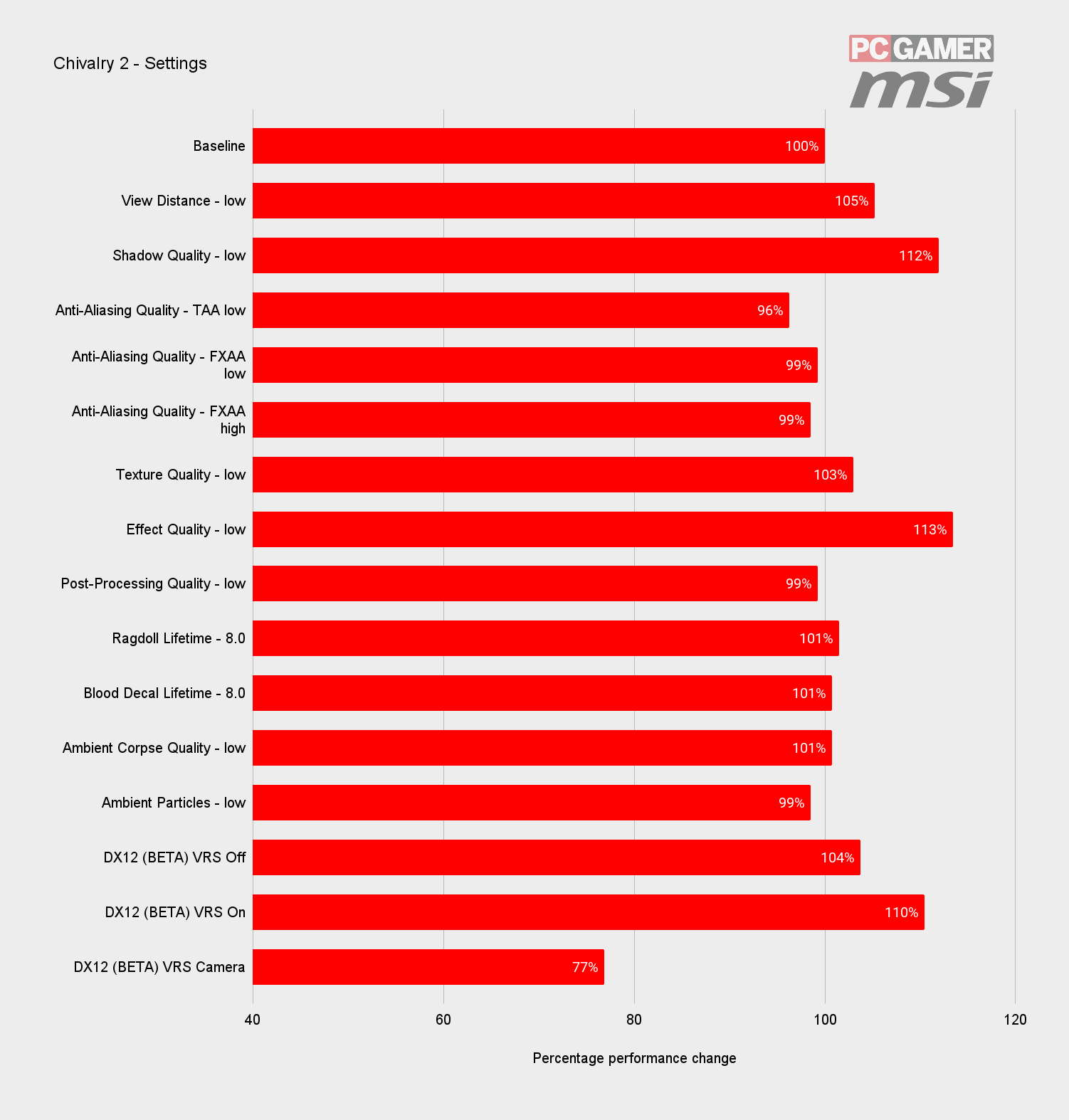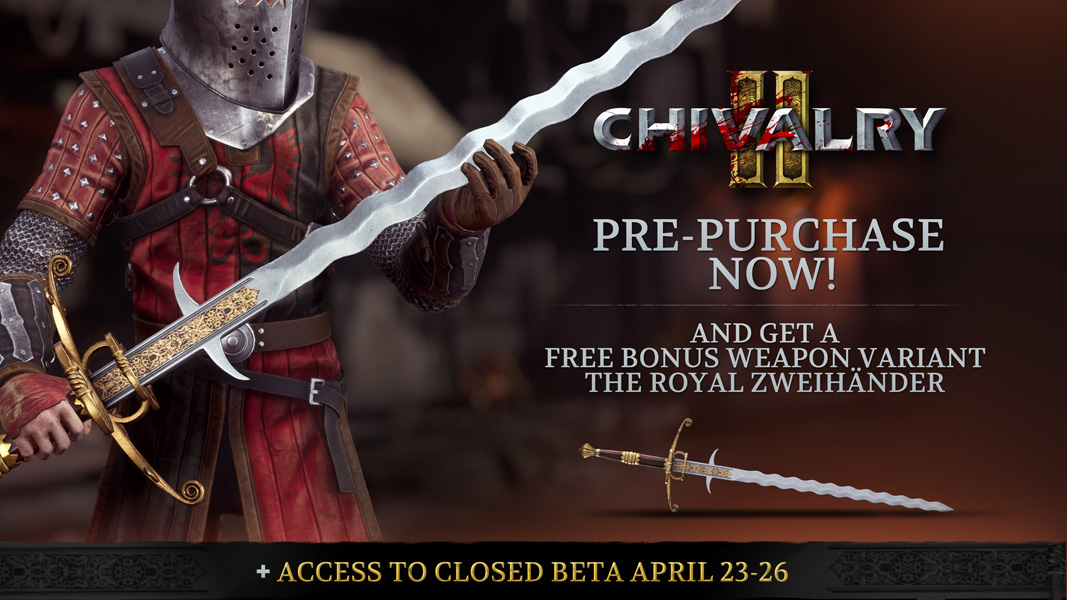


They do, however, introduce players to the Knight class very effectively by easing you into the bloodthirsty playstyle best suited to this class, without you having to commit to such an offence-heavy mindset fully.Īs the Officer isn’t as offensively focused as the other two units, the way that they charge their special item isn’t as effective as the other subclasses either. Think of the Officer as a support version of the Crusader: their weaponry is similar but not as powerful, and their special item is the Trumpet, which boosts the health regen of nearby allies. While this can work well, it does lose the ferocity showcased by the other Knight subclasses. OfficerĪ seasoned veteran in the art of warfare, the Officer comes in third place largely due to the unit’s more balanced playstyle. In this article, we’ll be breaking down, offering pros and cons, and ranking the Knight subclasses to see what they truly bring to the battlefield. They have the largest health pool of all of the classes, boasting a massive 175 health, while their speed and stamina drop to 80 each, making the Knight the tank of the game. The stats of the Knights won’t change between subclasses, but their arsenal, special items, and equipment will. Every class has three subclasses, two of which need to be unlocked, but is it worth the grind to unlock these playable units? With a variety of choices awaiting you in Chivalry II, it can be hard to find your favourite subclass in each of the four main classes.


 0 kommentar(er)
0 kommentar(er)
